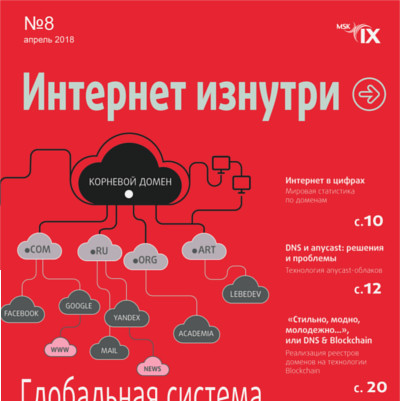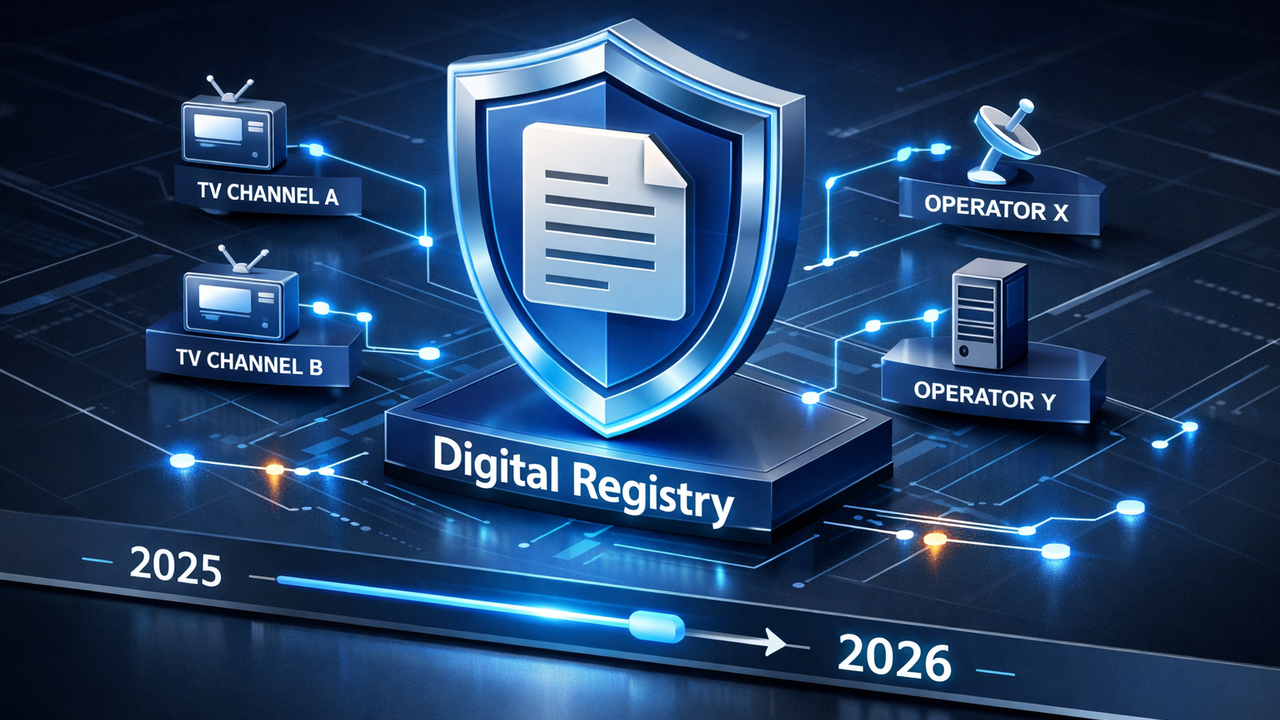8th issue of the Internet Inside journal devoted to DNS

The Domain Name System (DNS) was standardized over 30 years ago and has barely changed since then. However, its functional and user evolution has been considerable and includes additional entries dealing with domain names, DNS internationalization, and enhanced security, specifically the creation of the DNSSEC security extensions. DNS is vital for the operation of websites and content delivery networks (CDN). It is used for security solutions and can be used for surveillance and for collecting personal data.
The 8th issue includes items on listening and personal data protection. Geoff Huston writes in his article, “DNS privacy”, that DNS can be used to build a comprehensive profile of users’ needs and desires. He also writes about protecting security and minimization of data leaks. Another item on this subject is by Benno Overeinder, who writes about the implementation of end-to-end security and privacy and the main problems hindering this undertaking.
“Despite the DNS evolution, the system is often cited as an example of the general ossification trend of the Internet’s fundamental protocols. DNS is a victim of its own success: 30 years of using it on a global scale has as good as ruled out any major changes, because this implies approval by all DNS users,” Andrei Robachevsky, the chief editor of the Internet Inside journal, writes in his opening address.
But the situation is not hopeless, Mark Nottingham writes in his item on why we need to change the Internet and how we can do it. One of the methods is data encryption.
This issue also includes information on DNS uses to ensure protection and stability, or create new protocols and reliable DNS technologies, such as the Anycast addressing and routing technology, about which you can read in an item by Pavel Khramtsov from MSK-IX.






